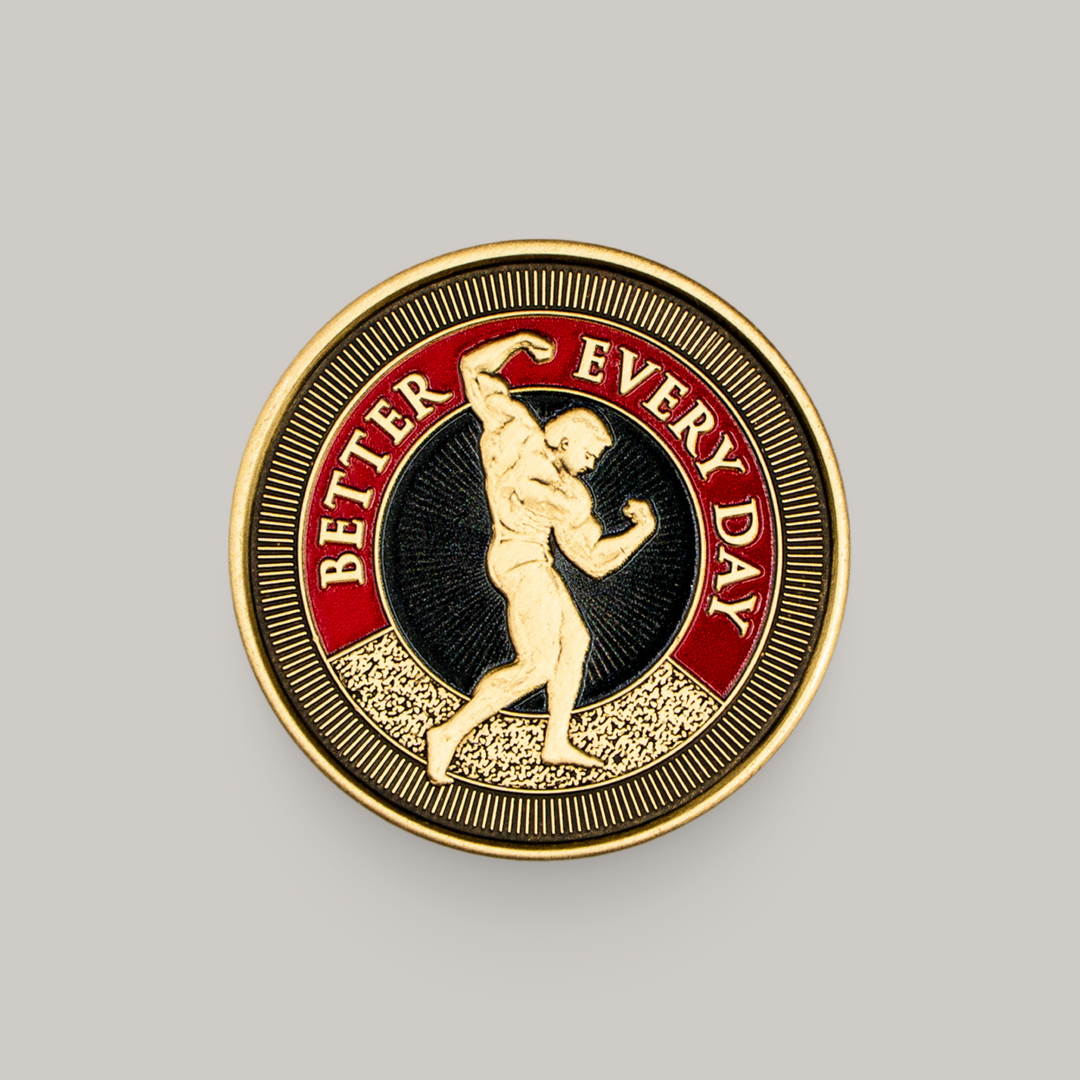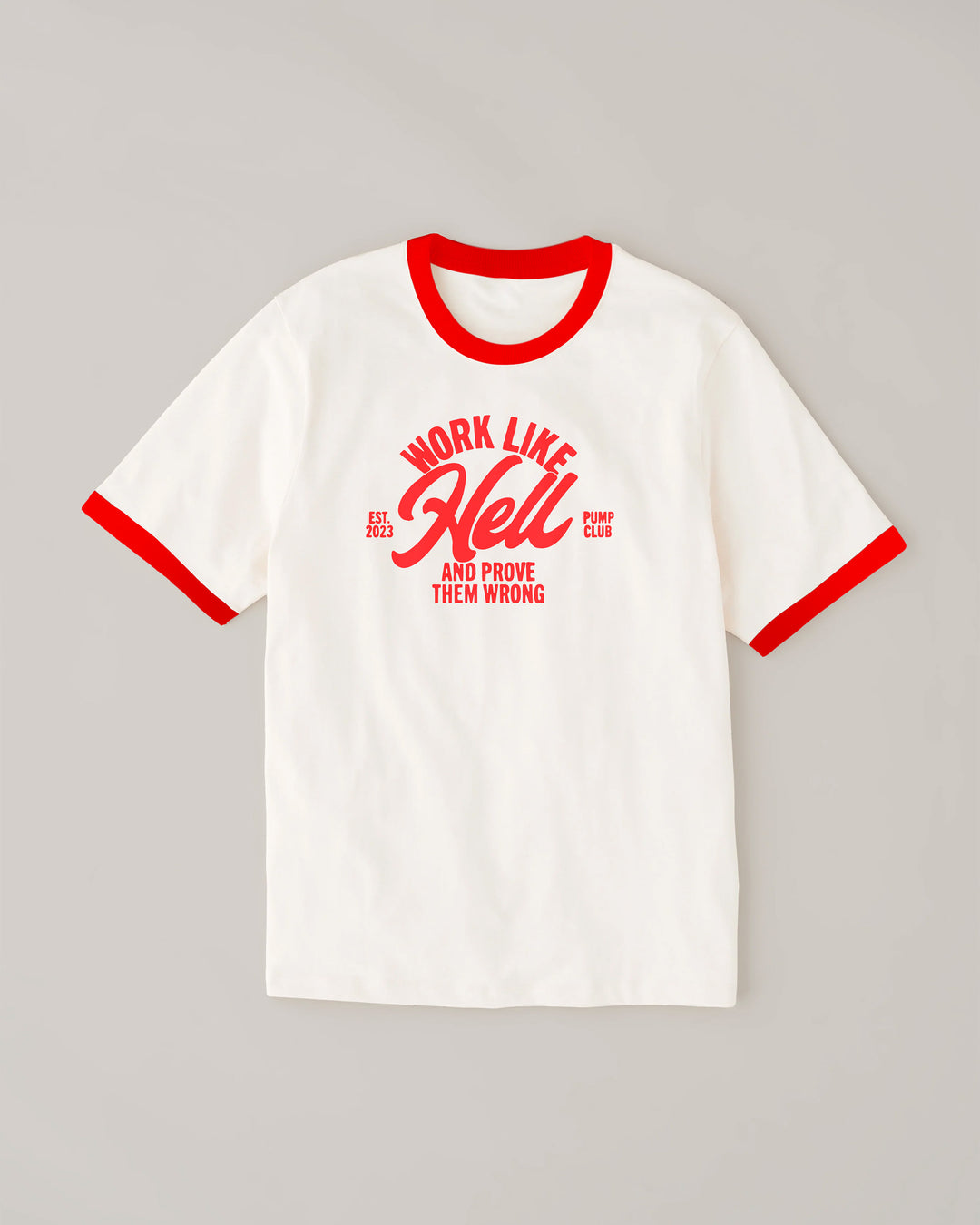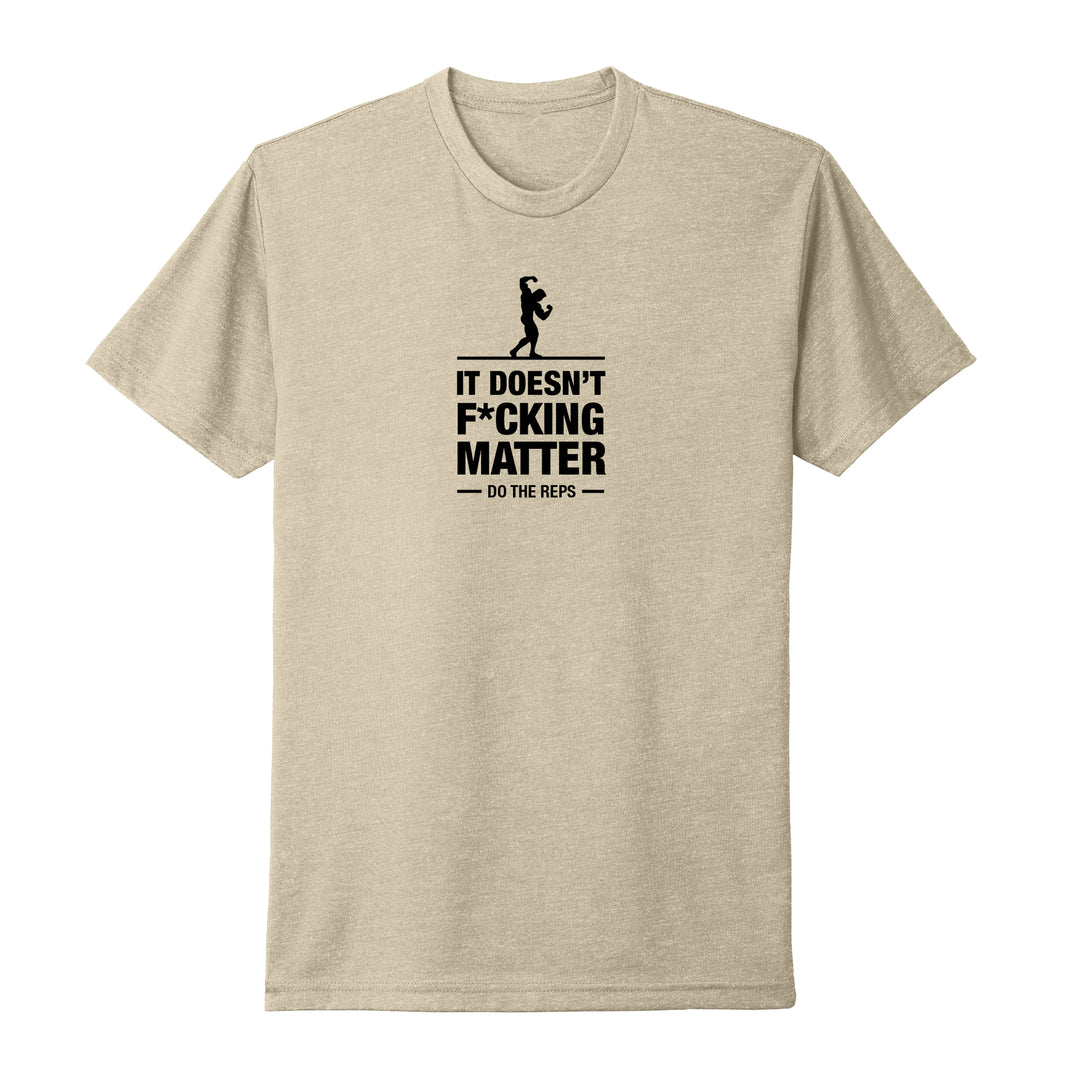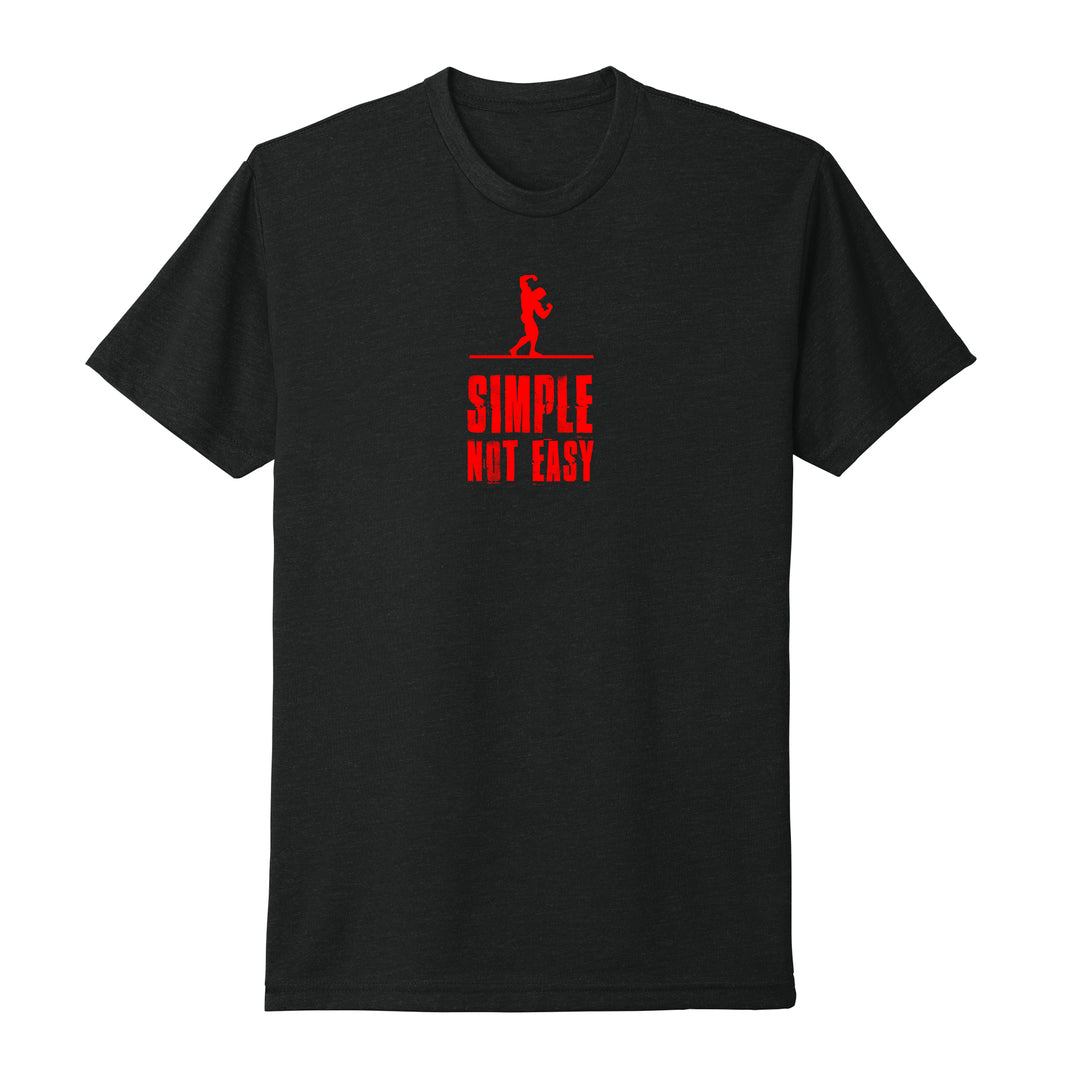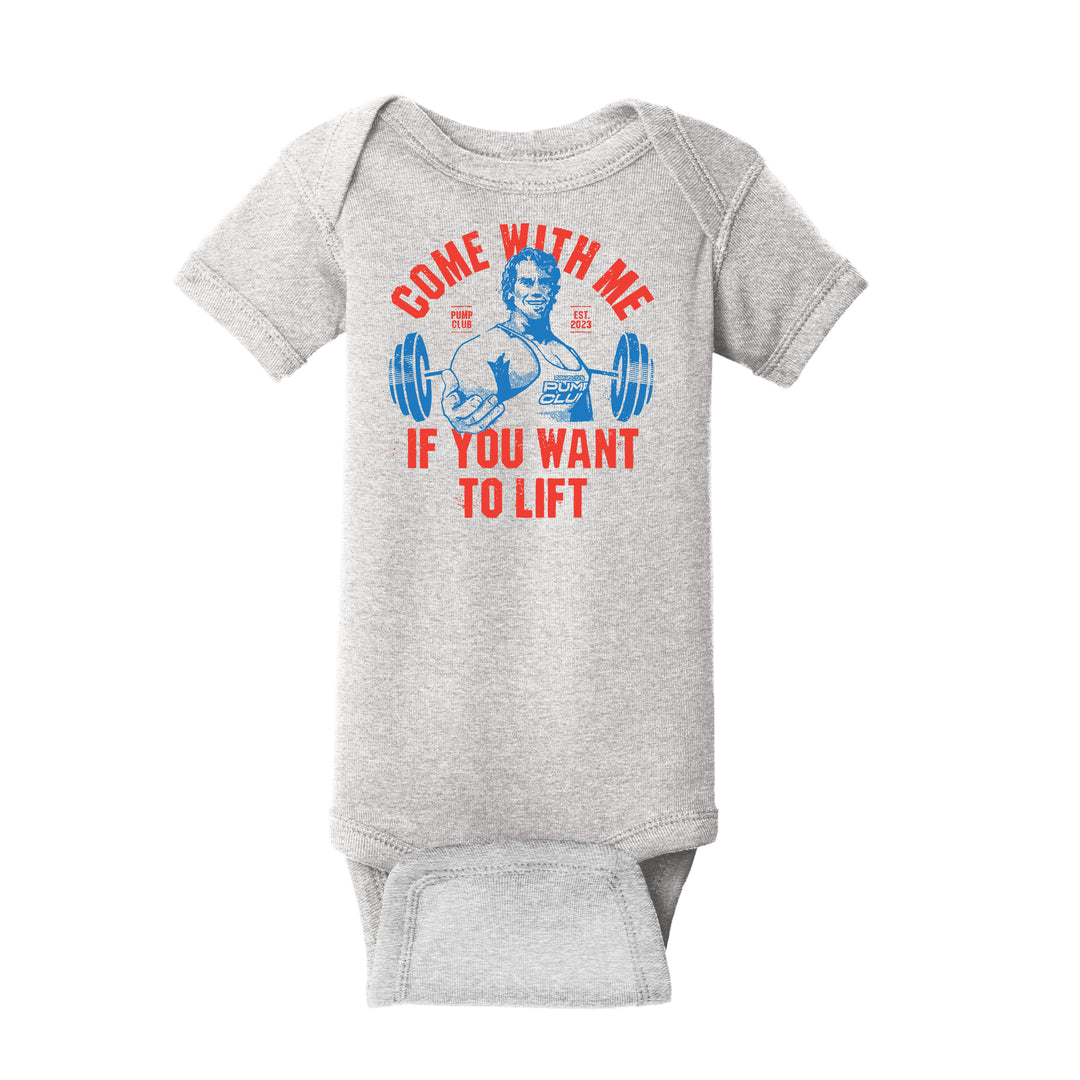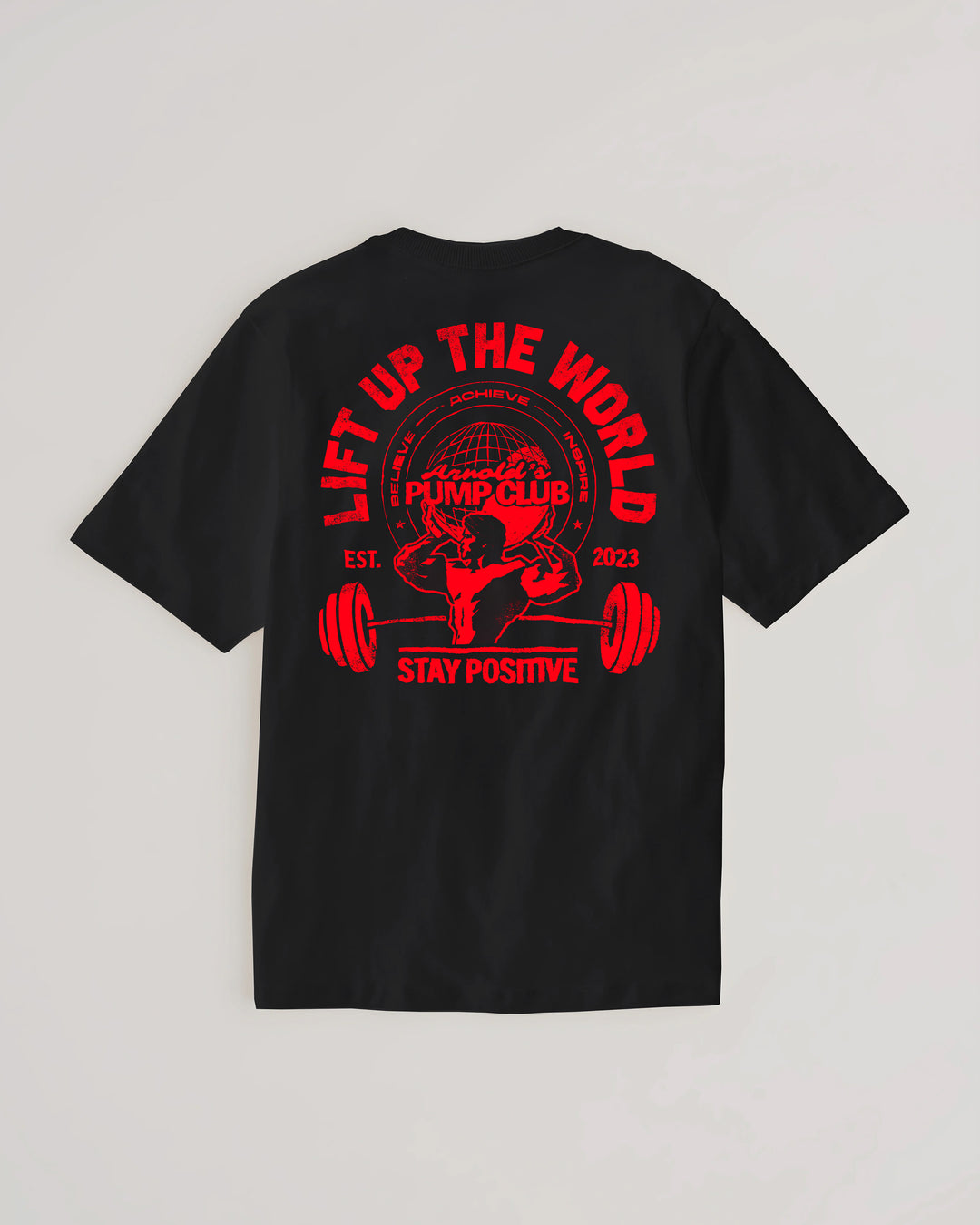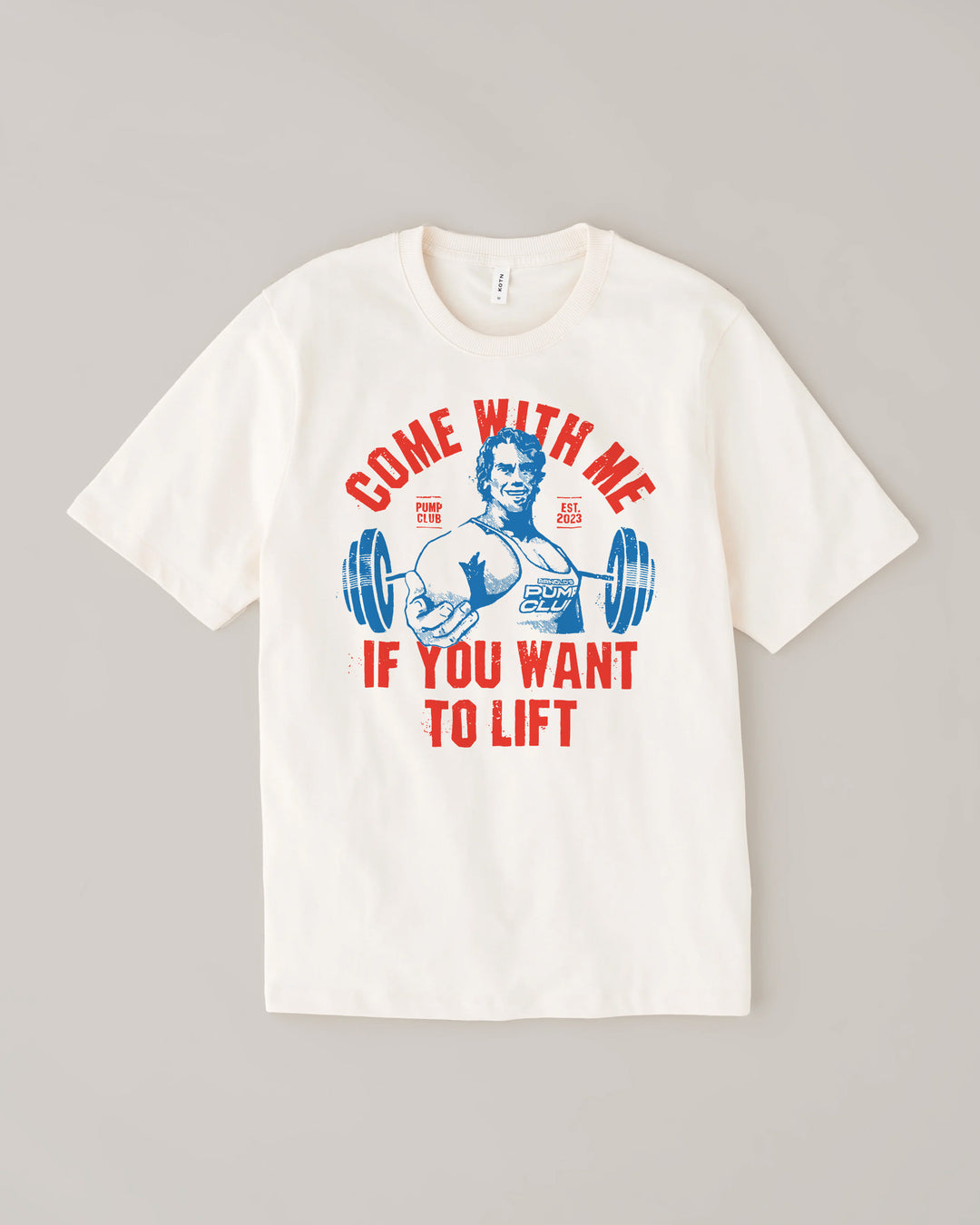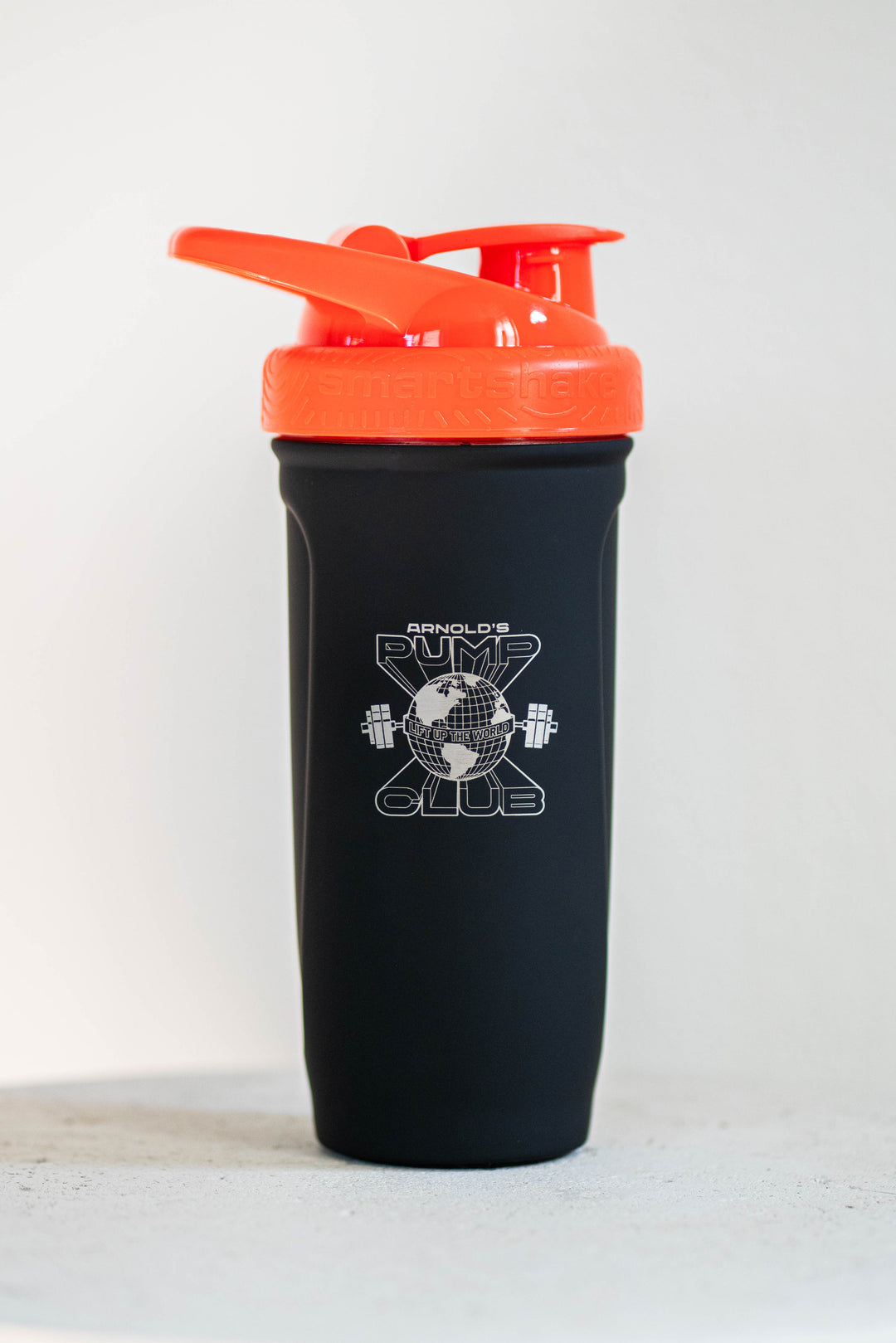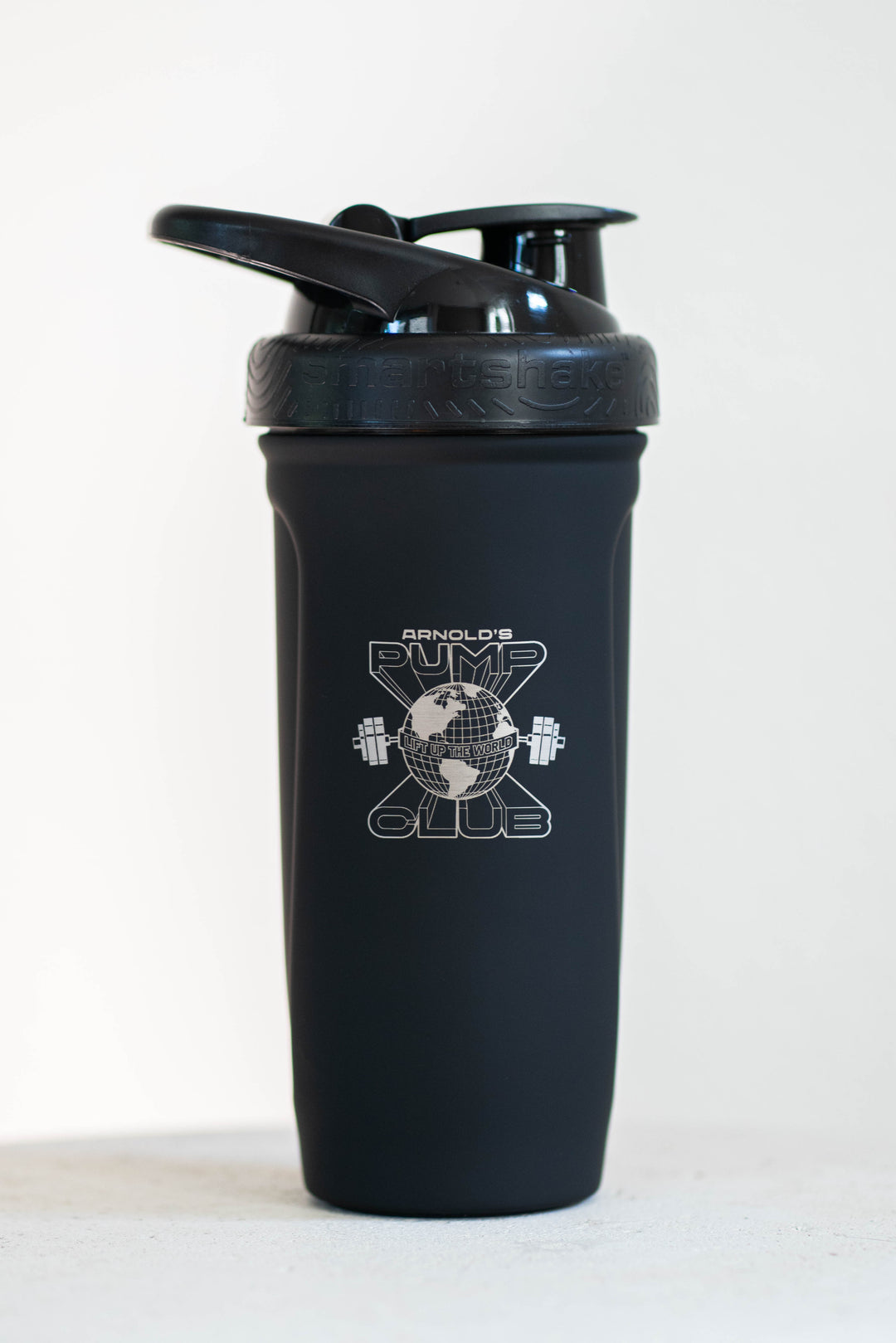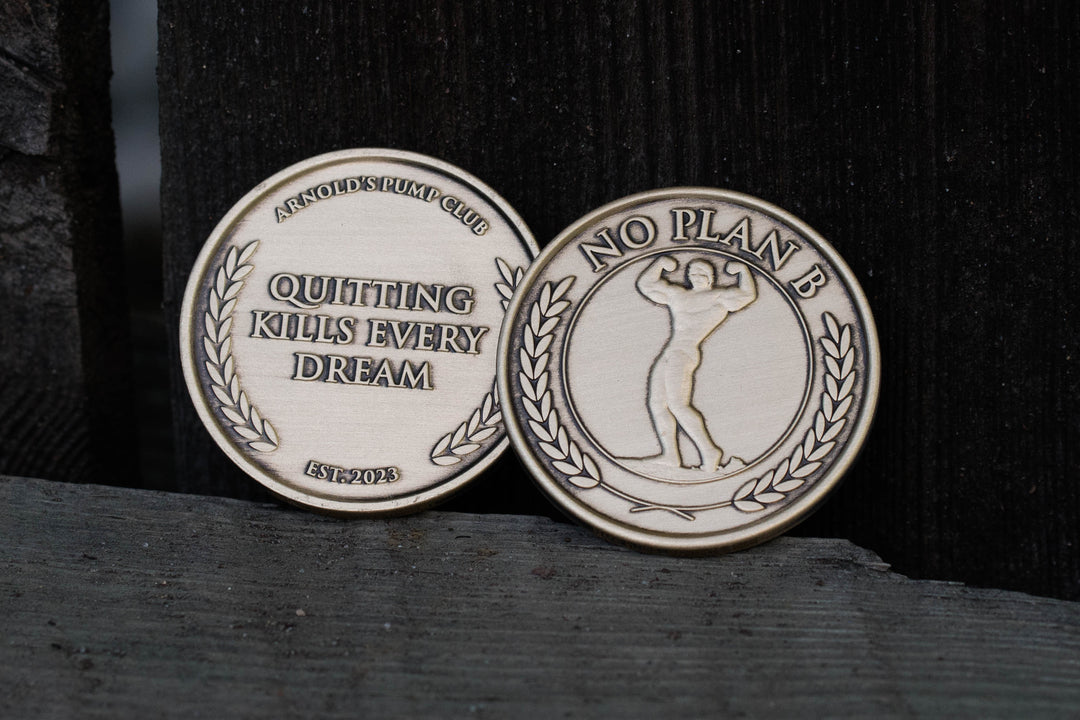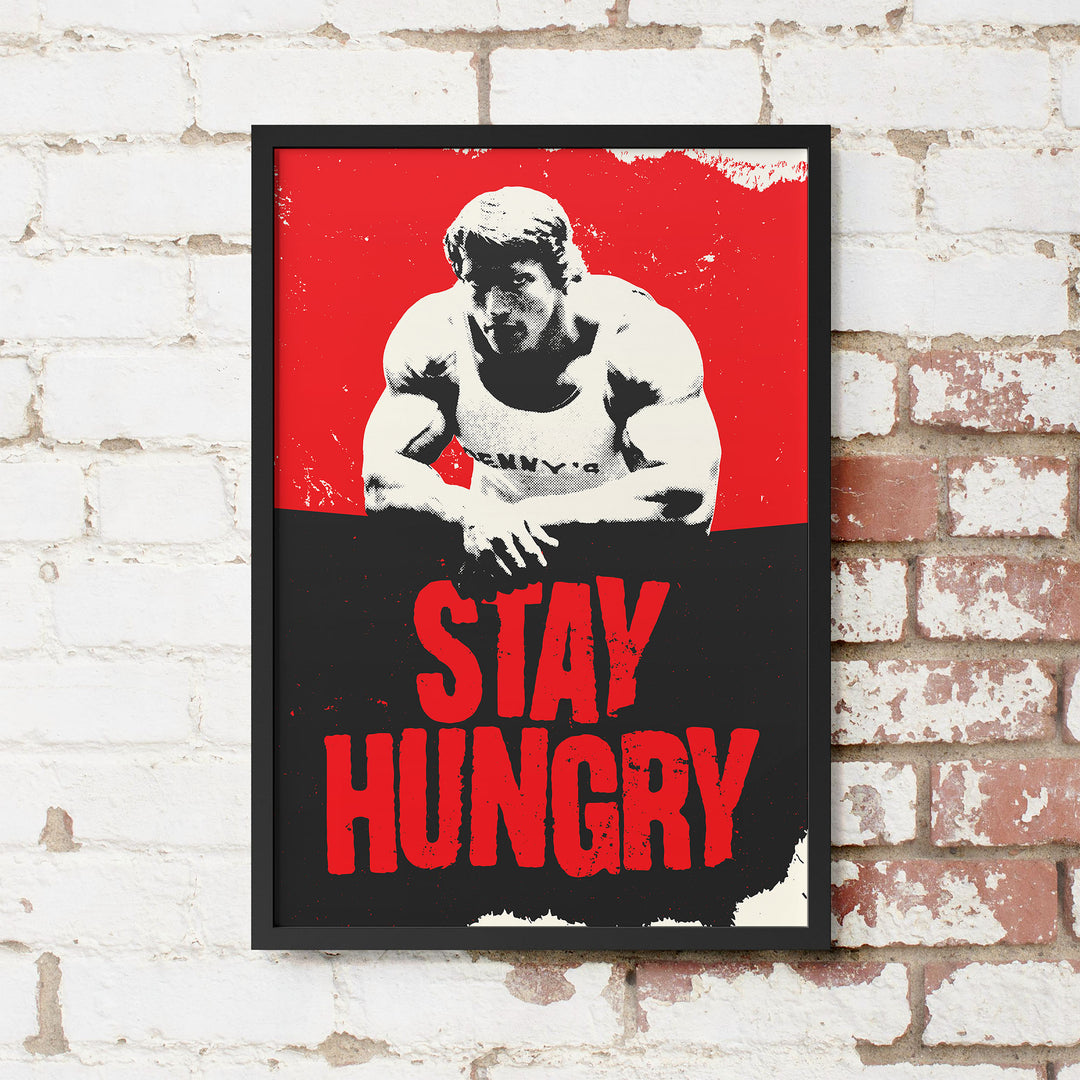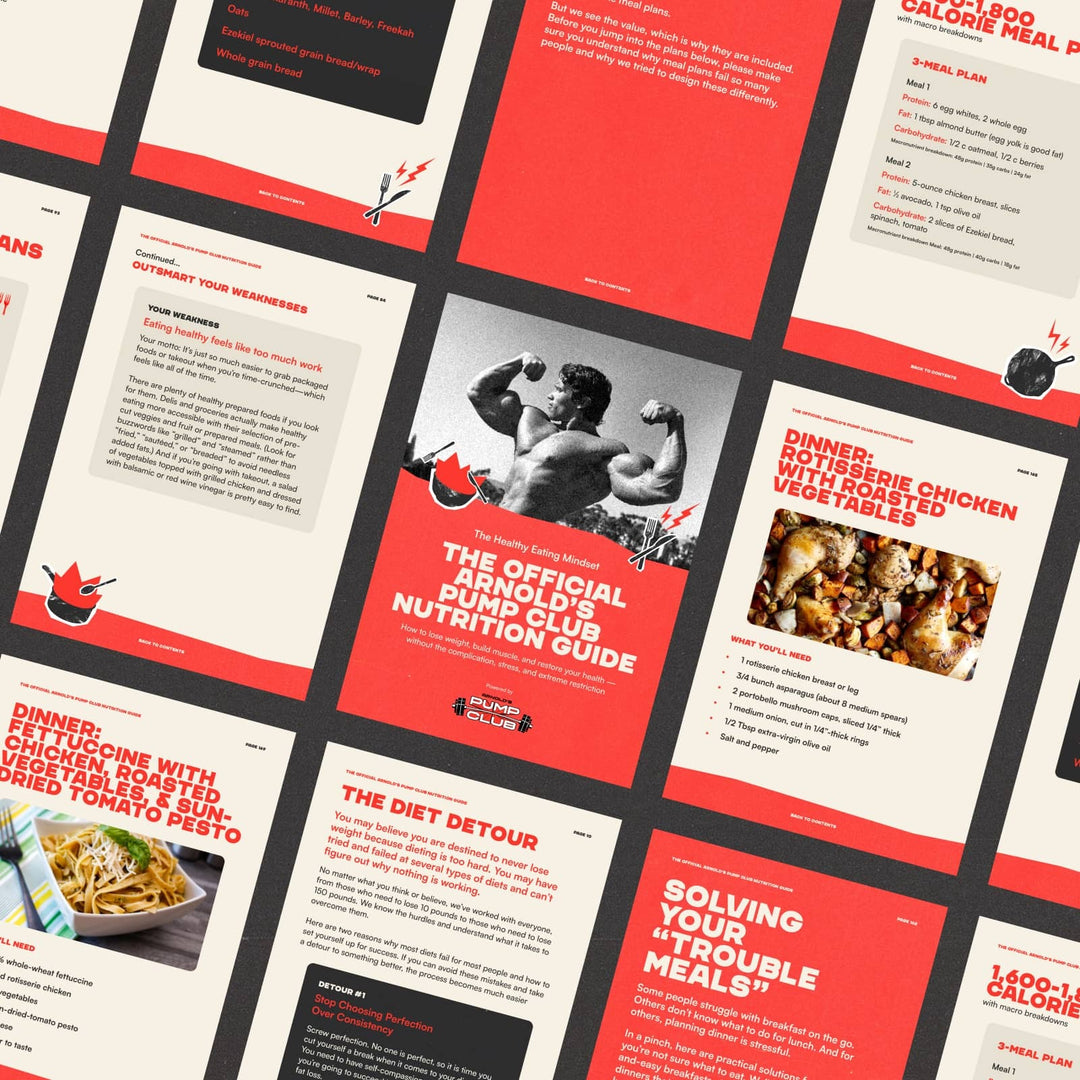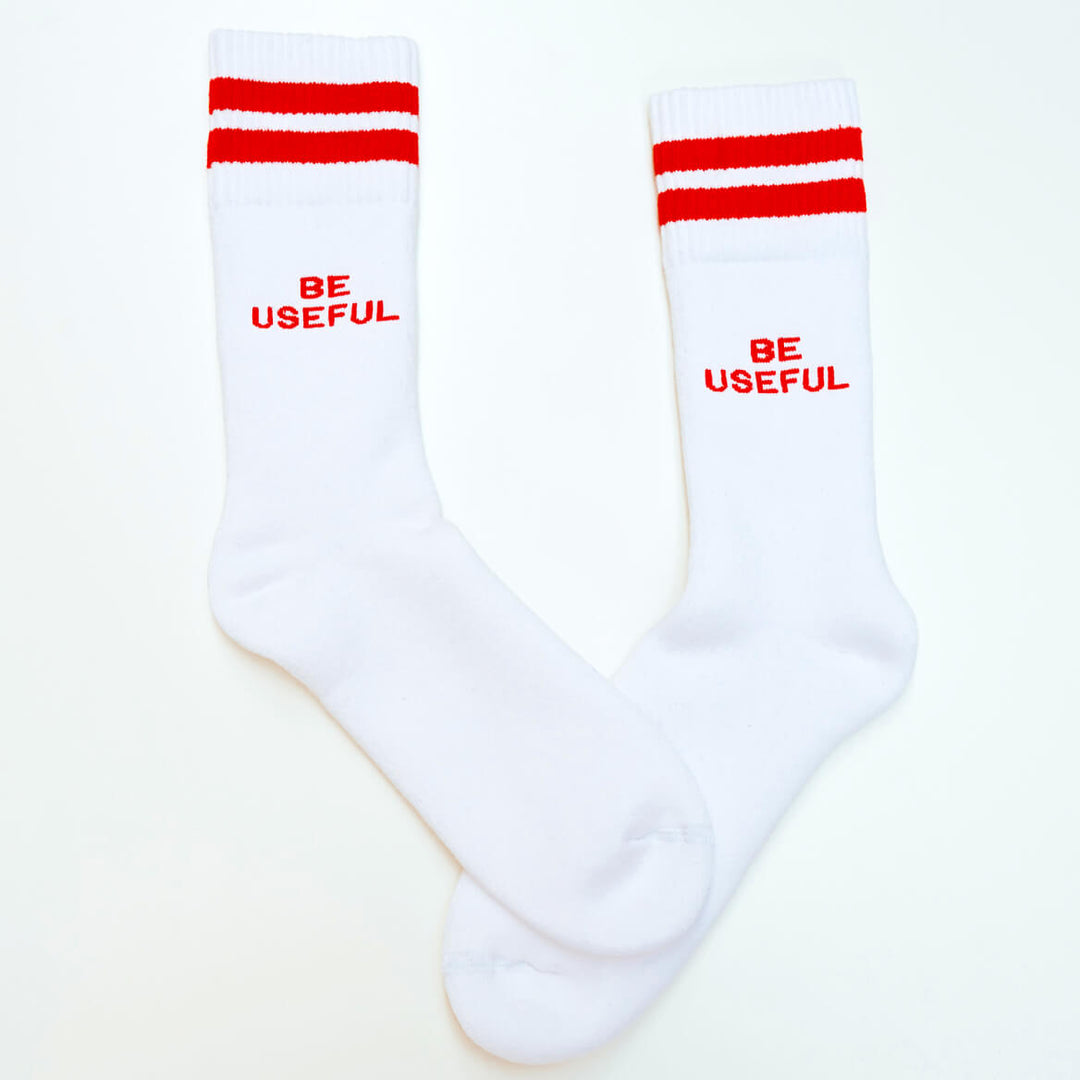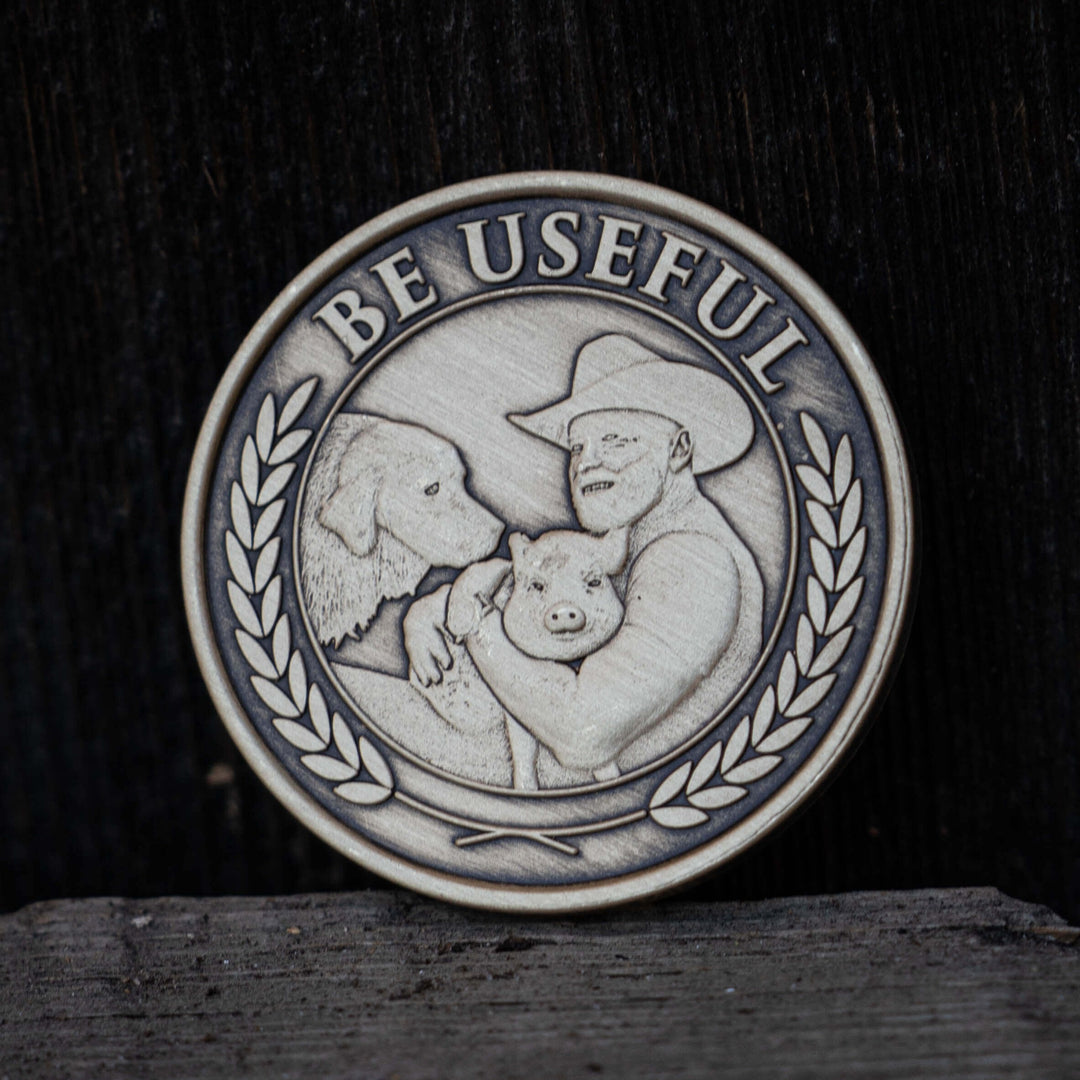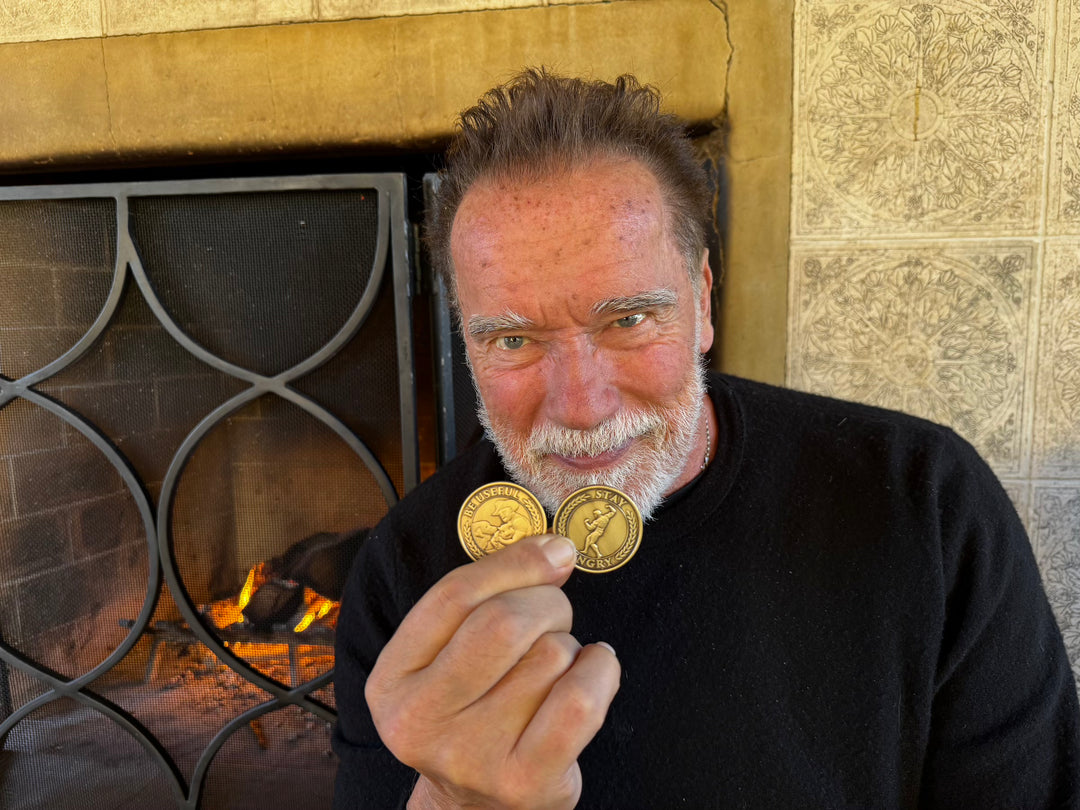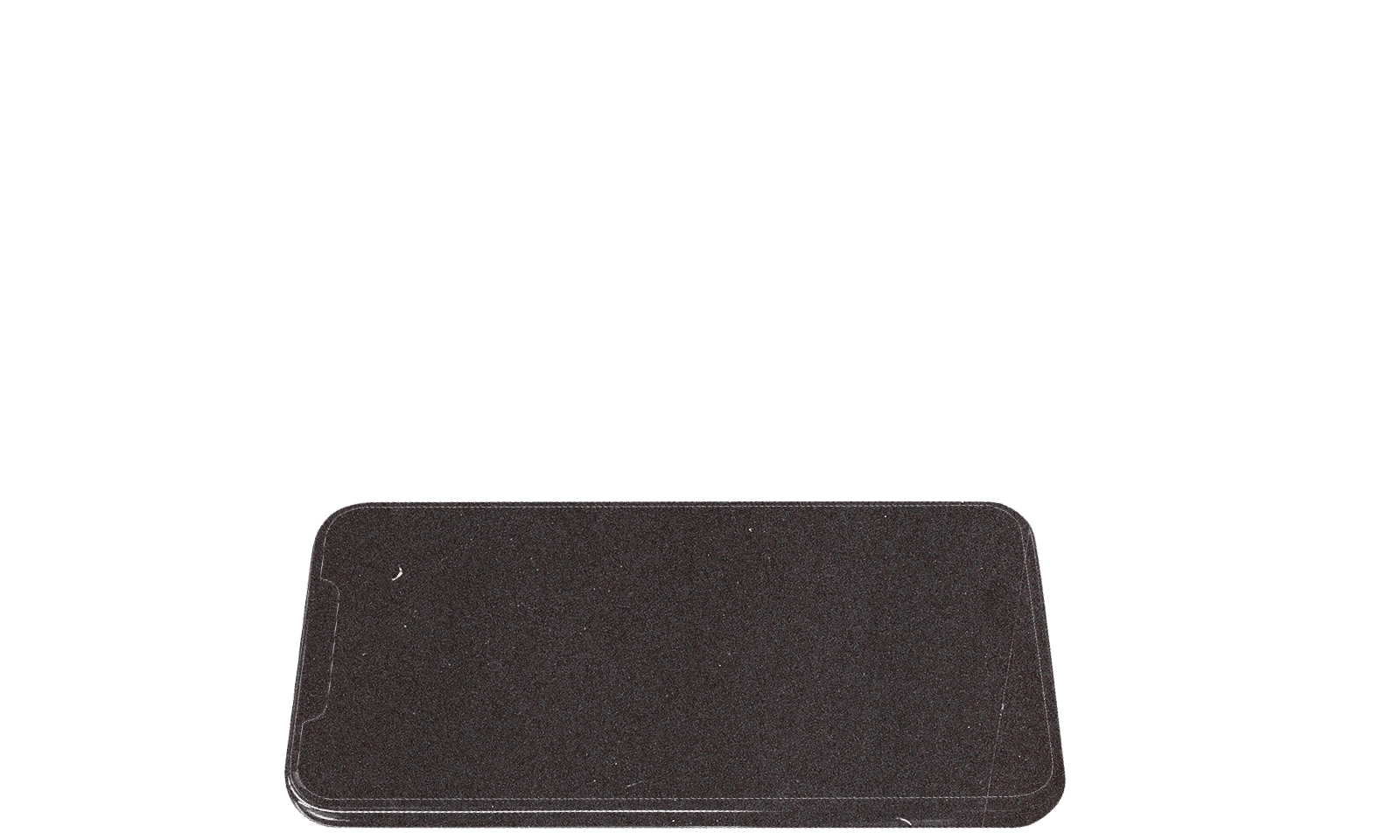Welcome to the positive corner of the internet. Every weekday, we help you make sense of the complex world of wellness by analyzing the headlines, simplifying the latest research, and providing quick tips designed to help you stay healthier in under 5 minutes. If you were forwarded this message, you can get the free daily email here.
Today’s Health Upgrade
Number you won’t forget
Why you can eat more this weekend (if you did this during the week)
Weekly wisdom
The notes you leave, are a map to follow
Editor’s Note: Our Apologies
Yesterday, we shared the special offer from GORUCK for 20% OFF. That discount is still good for another 24 hours with the code “20APC2025.”
However, we did a poor job of explaining one of the products available. GORUCK created a limited number of rucks embroidered with Arnold's signature. Yesterday, we said they were "signed" bags. We realize this could be misleading, and we are sorry for not being clearer. We still think you'll love the special edition bags, but we don't want any of you to feel mislead. If you are unhappy with the product, you can request a full return. Great communication is the backbone of our mission, and when we fall short of our standard, we'll do our best to make it right. Our apologies for any confusion we caused. -AB
Health
Number You Won’t Forget: 71 Days
You finally recover from back pain, start feeling normal again, and think it’s behind you for good. But for far too many people, it’s not over, and it’s just the calm before the storm.
Research suggests 33 percent of people who recover from back pain experience another episode within one year, and most recurrences strike within the first three months.
Researchers followed 250 adults who had recently recovered from low back pain. For 12 months, they checked in monthly through texts and phone calls to see who experienced a recurrence (defined as new pain after at least 30 pain-free days).
The median time to back pain recurrence was just 71 days, and nearly 3 out of 4 flare-ups occurred within the first 90 days.
That early period seems to be the danger zone. Your back feels better, but the muscles, ligaments, and stabilizing systems are still reconditioning. Researchers believe that leads to a tendency to return to normal activity levels too quickly once pain disappears.
The solution is to strengthen your system before diving back into your normal routine.
Meta-analyses suggest that consistent exercise, especially full range of motion resistance training, core strengthening, mobility, and aerobic activity can reduce recurrence risk by up to 33 percent, and programs combining movement with education lower it by nearly half.
In fact, Pump Club app members who complete The Foundation say one of the biggest benefits is reduced chronic pain. It’s not magic; the program helps people move through a full range of motion and build strength that protects against injury.
The real way to prevent a recurring injury is to address the root cause, stay active, become stronger, and maintain good posture.
If you’ve just recovered from back pain, the first step is diagnosis, education, and then consistency following a plan. Just resting, taking medicine, or taking time off until the pain disappears might help you feel better in the moment. However, it’s often a prelude to recurrence and a longer overall recovery.
Nutrition
The Weekend Diet Break That Saves Your Muscle
If you’ve been following a fat loss plan, your weekends can make or break your success. Most people overestimate how much they can enjoy on the weekends, which results in feeling stuck.
The good news? You don’t have to be super strict, but you also can’t throw away all your good habits.
Research suggests taking a short break from your diet each weekend might actually help you keep your hard-earned muscle without slowing fat loss.
In an 8-week randomized controlled trial, people either dieted 7 days per week (eating 25% below maintenance daily) or spent 5 days eating less (at a 35% deficit) and then 2 days eating more (the amount of calories typically needed to maintain their weight). Both groups ate a high-protein diet (≥2.3 g/kg/day) and lifted weights 4 times per week.
Despite the different approaches and more weekend freedom, both groups lost almost the same amount of fat. Additionally, those taking two “refeed” days barely lost any muscle. On the other hand, those following the diet 7 days per week lost a little more than 2 pounds of muscle. The intermittent group also showed a smaller drop in resting metabolic rate, suggesting their metabolism stayed steadier.
In other words, two days each week of eating more helped lifters lose the same amount of fat while preserving nearly twice as much muscle.
Researchers believe the muscle-saving benefit comes from periodic spikes in energy and carbohydrate intake, which may help training performance and reduce the hormonal stress response that drives muscle breakdown.
This does not mean to eat whatever you want on the weekend. A common mistake is to eat well on weekdays and then significantly overshoot what you can enjoy on the weekends, leaving you stuck or even gaining weight. Remember, participants ate more on weekends but stayed around their “maintenance calories.”
If you’re eating burgers, pizza, and desserts, then you’re not at maintenance. Either you can have smaller indulgences or just eat slightly larger portions.
If you’re trying to lean out, you can simplify the entire process by using the Pump Club App Nutrition Coach. The app adapts to your goals, helps you eat foods you love, and does so without stressing you out about calories.
Eating healthier means making smarter decisions, not suffering more. The key is precision, not punishment. You can lose fat and maintain your strength by giving your body strategic breaks rather than constant deprivation.
Mindset
Weekly Wisdom
Every dream has a price tag. The question isn’t just whether you’ll pay it; you also need to decide whether what you’re buying is worth the cost.
We love to imagine goals as gain (and they can be), but growth also takes something from you first: time, comfort, stability, and maybe even parts of your identity.
If the sacrifice feels heavier than the reward, that might mean the goal isn’t aligned with what actually matters to you.
Sacrifice clarifies desire. It strips away the fantasy and forces you to decide if you want the outcome badly enough to endure the process. Because the truth is, the bigger the goal, the bigger the cost. And your job isn’t to avoid that cost, but to make sure you’re paying it for something that’s truly worth it.
Turn Wisdom Into Action
Look at one thing you say you want — the promotion, the body, the business, the relationship — and list what it genuinely demands: time, money, discipline, vulnerability.
Then ask yourself honestly: Am I willing to give that up? If not, don’t call it failure; call it clarity.
Real progress begins when your ambitions and your willingness to sacrifice align, allowing you to pursue your goal with focus and persistence.
Better Questions, Better Solutions
The Flow State Paradox
Old Question: How do I get into flow state?
Better Question: How do I become more aware of my skill level and match it with challenges so that focus comes more naturally?
We all desire to be in a flow state. That moment where you’re so focused and engaged that the work seems effortless and the insights occur at an unnatural pace.
Naturally, we want to chase the zone. But that’s what keeps most of us out of it.
You can’t force your way into flow. Flow emerges when your skills perfectly meet a meaningful challenge.
That’s when the voice in your head goes silent, time slips away, and effort feels effortless. The more you try to find flow, the more you activate self-monitoring, which is the exact mental process that prevents it.
Psychologists who study flow find that it occurs when three components align: (1) challenge and skill are balanced, (2) goals are clear, and (3) feedback is immediate.
Brain imaging studies reveal that during flow, activity in the default mode network (the part of your brain responsible for self-referential thought) decreases.
You temporarily lose awareness of yourself, which frees up energy for deep focus and creativity. Interestingly, people report more flow at work than during leisure because tasks at work tend to have structure and measurable goals, while “relaxing” often lacks both.
Instead of chasing flow, design for it. Pick something that stretches your ability just enough to feel challenging, but not so much that it overwhelms you.
If you’re bored, raise the difficulty. If you’re anxious, simplify the task or sharpen your skills. The sweet spot between boredom and frustration is where the magic happens, and where you stop thinking about yourself long enough to do your best work.
And that’s it for this week. Thank you for being a part of the positive corner of the internet, and we hope you all have a fantastic weekend!
-Arnold, Adam, and Daniel
Better Today
Take any of these tips from today’s email and put them into action:
-
Why 33% of People Get Back Pain Again Within One Year (And How to Break the Cycle)
Researchers found that back pain returns for 1 in 3 people within 12 months, with most recurrences happening in the first 71 days after recovery. Meta-analyses show that consistent resistance training and core work can cut your recurrence risk significantly, and combining movement with education reduces it by nearly half.
-
The Weekend Eating Strategy That Preserves Twice as Much Muscle During Fat Loss
Dieters who ate at a bigger deficit for 5 days, then ate more for two days (at maintenance calories) lost the same amount of fat as 7-day dieters but preserved nearly twice as much muscle.
-
How To Know If Your Goals Are Worth the Cost
Every meaningful goal demands a trade-off: time, comfort, discipline, or parts of your identity. The secret to sustainable progress isn't avoiding sacrifice, it's ensuring your willingness to pay the price aligns with what you actually want, turning ambition into focused action instead of empty fantasy.
-
Why Chasing Focus Prevents It
Brain imaging studies show that flow state occurs when a challenge perfectly matches your skill level, which triggers changes in your brain that make it easier to experience deep focus.
—
Publisher: Arnold Schwarzenegger
Editors-in-chief: Adam Bornstein and Daniel Ketchell







